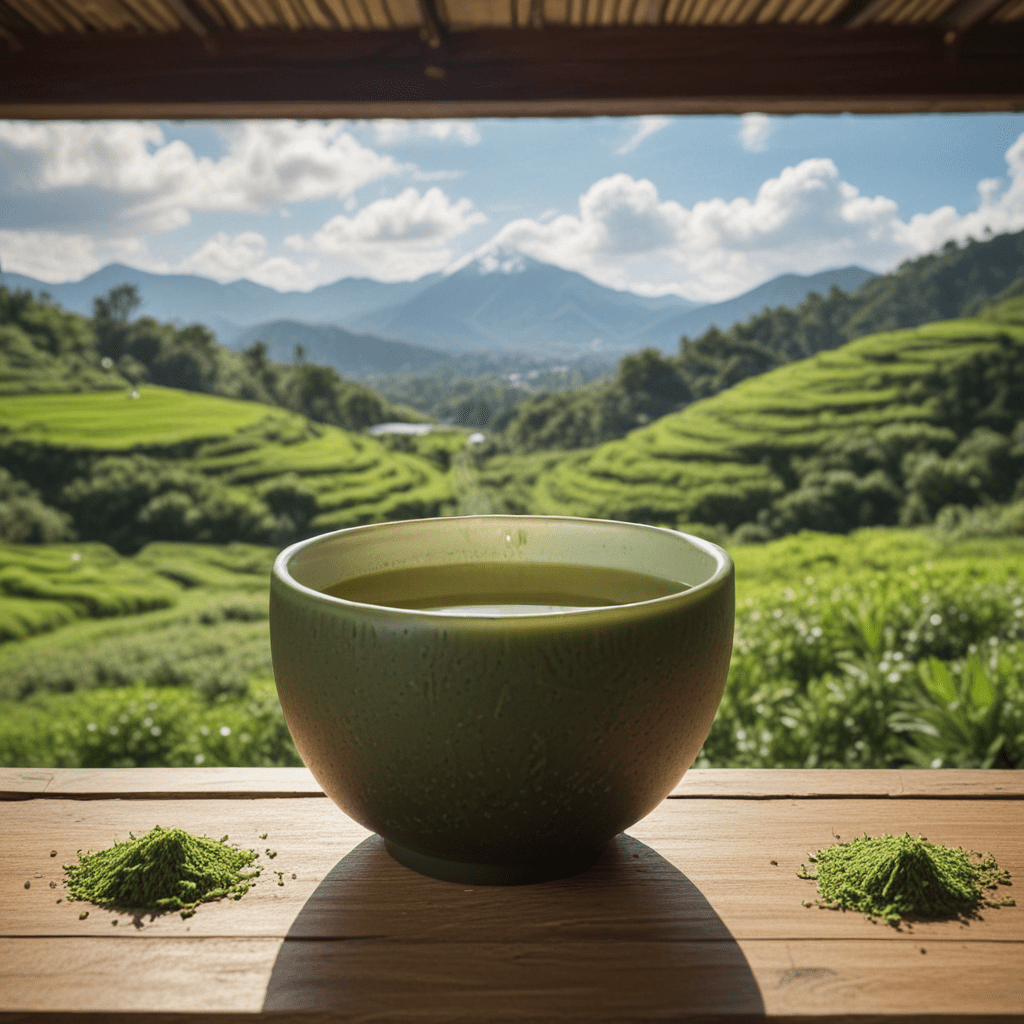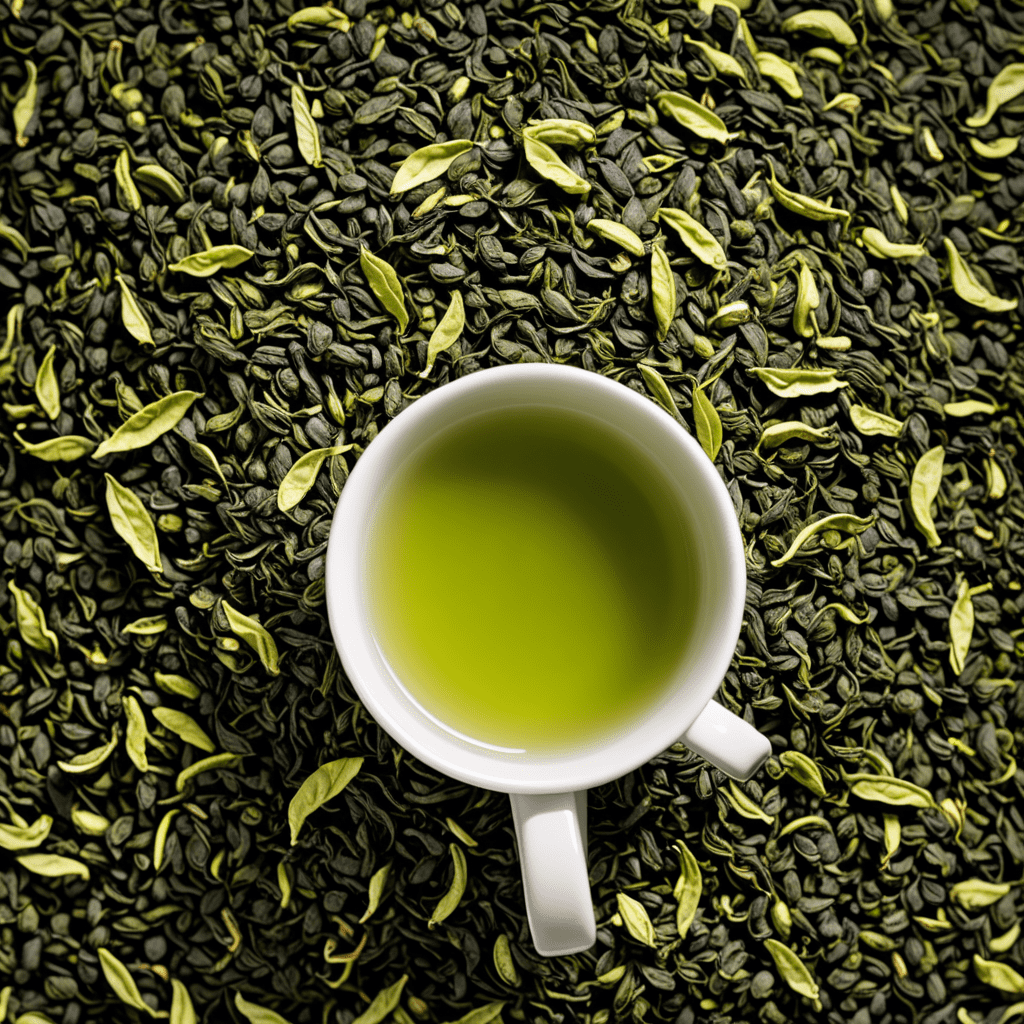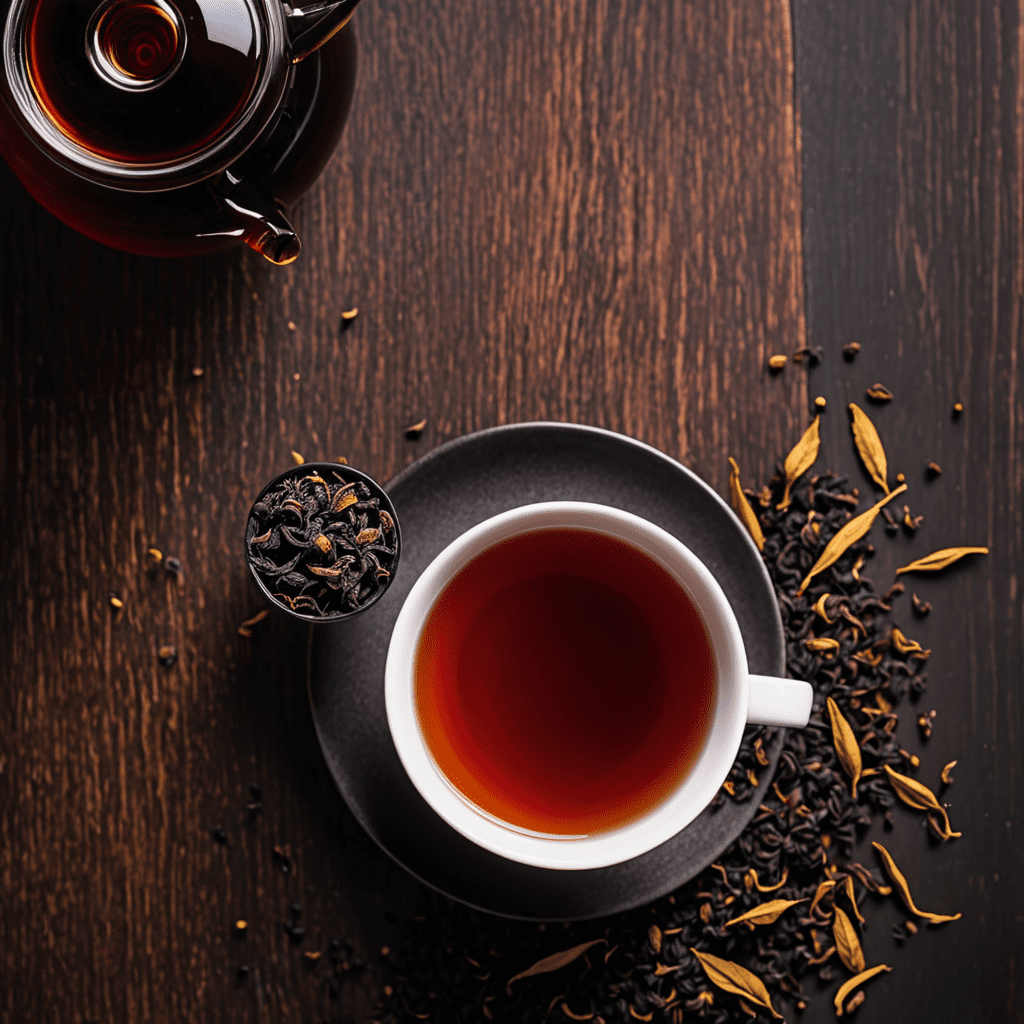
1. Introduction: The Ancient Art of Tea
Tea, an aromatic beverage steeped in cultural significance, has captivated civilizations for millennia. As we embark on the exploration of matcha tea gardens, we delve into the heart of tea's ancient origins. Join us on a journey to discover the profound history, artistry, and health benefits that have made tea a cherished part of human history.
2. The Significance of Matcha Tea in Japanese Culture
Matcha, a vibrant green tea powder, holds a special place in Japanese culture. Its exceptional quality and distinct flavor have elevated it to a revered status, deeply intertwined with Japanese traditions. Matcha ceremonies, known as chanoyu or tea ceremony, are an integral part of Japanese culture, embodying harmony, respect, and tranquility.
3. Visiting Matcha Tea Gardens: A Journey to the Source
Venturing into the lush landscapes of matcha tea gardens is like stepping back in time. These meticulously cultivated havens nurture the delicate tea plants, providing the ideal conditions for producing the finest matcha tea. Amidst the verdant rows of tea bushes, visitors can witness the dedication and skill of tea farmers, who have preserved ancient cultivation techniques for generations.
4. The Cultivation of Matcha Tea Plants: Shade and Care
Matcha tea plants require meticulous care and attention to thrive. They are grown under carefully controlled shade conditions, which promote the production of chlorophyll and other nutrients that give matcha its vibrant green hue and distinctive flavor. Farmers use traditional techniques to protect the plants from pests, ensuring optimal growth and health.
5. The Traditional Harvesting and Processing Techniques
At the peak of harvest season, tea farmers meticulously handpick the youngest and most tender tea leaves. These leaves are then steamed and dried, preserving their delicate flavor and nutrients. The dried leaves are then carefully stone-ground into the fine powder that characterizes matcha tea. This traditional processing method requires immense skill and contributes to the tea's exceptional quality and health benefits.
6. Master Artisans: Preserving the Delicate Art of Stone Grinding
The production of matcha tea is an art form that requires exceptional skill and dedication. Master artisans use traditional stone grinding mills to carefully grind the dried tea leaves into a fine powder. This delicate process preserves the tea's delicate flavor and nutrients, ensuring its premium quality.
7. The Unique Flavor and Health Benefits of Matcha Tea
Matcha tea is renowned for its vibrant green color and distinctive umami flavor. Its high concentration of antioxidants, including catechins and EGCG, contributes to its numerous health benefits. Matcha has been linked to improved cardiovascular health, enhanced cognitive function, and reduced inflammation.
8. Sustainable Practices in Matcha Tea Production
Modern matcha tea production adheres to sustainable practices that minimize environmental impact. Tea farmers utilize organic farming techniques and implement water conservation measures to ensure the preservation of the environment for future generations.
9. The Cultural and Culinary Heritage of Matcha Tea
Matcha tea has deeply influenced Japanese culture, inspiring traditional tea ceremonies, art, and cuisine. Its versatility extends beyond the teacup, with culinary applications ranging from desserts to savory dishes. Matcha's unique flavor profile adds a touch of sophistication and elegance to a wide range of culinary creations.
10. Conclusion: Appreciating the Journey from Plant to Cup
Exploring matcha tea gardens offers a profound appreciation for the ancient art of tea and its modern-day significance. From the meticulous cultivation of tea plants to the traditional processing techniques, each step in the journey of matcha tea is imbued with cultural heritage and artisanal expertise. Understanding this journey enhances our enjoyment of this exceptional beverage, enabling us to savor not only its exquisite flavor but also its deep roots in history and culture.
FAQs
- What is matcha tea?
- Matcha tea is a finely ground powder made from specially grown and processed green tea leaves.
- What are the benefits of drinking matcha tea?
- Matcha tea is a rich source of antioxidants and has been linked to improved cardiovascular health, enhanced cognitive function, and reduced inflammation.
- How is matcha tea made?
- Matcha tea is made by grinding dried green tea leaves into a fine powder using traditional stone mills.
- What is the difference between matcha tea and regular green tea?
- Matcha tea has a higher concentration of nutrients and antioxidants than regular green tea because the entire leaf is consumed.
- How should matcha tea be prepared?
- Matcha tea is whisked with hot water to create a frothy, flavorful beverage.

